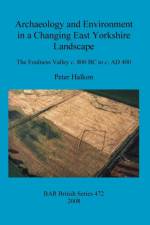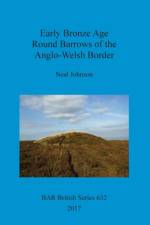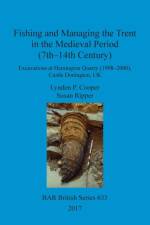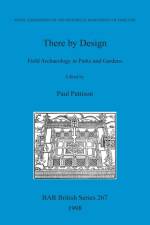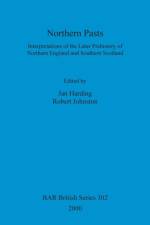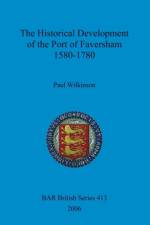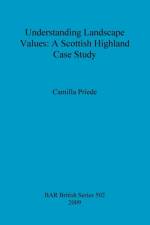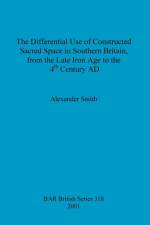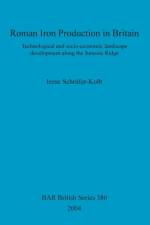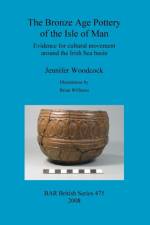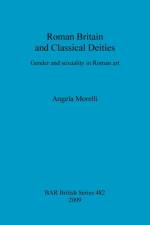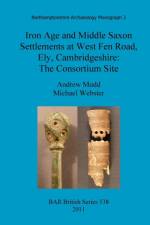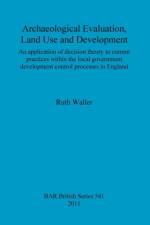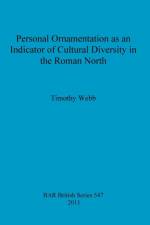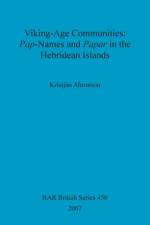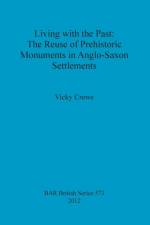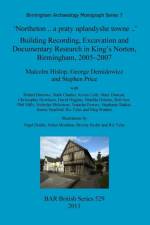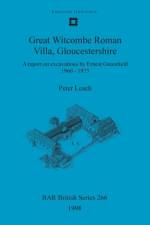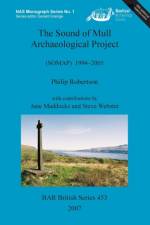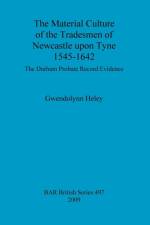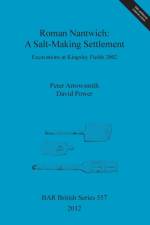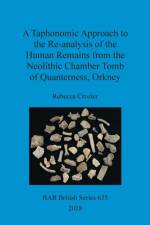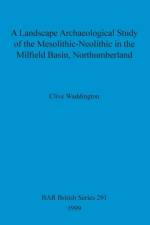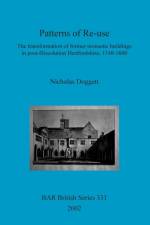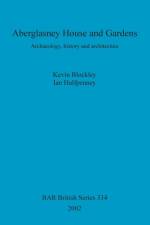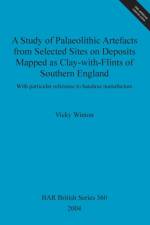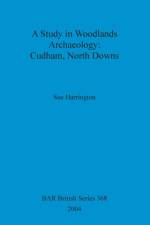av Stephen Price, George Demidowicz & Malcolm Hislop
929
Birmingham Archaeology Monograph Series 7This report describes the results of an archaeological programme undertaken by Birmingham Archaeology between 2005 and 2007 at King's Norton, Birmingham, for King's Norton Parochial Church Council. It also incorporates the documentary research conducted independently by George Demidowicz and Stephen Price, concentrating on tenurial history, the history of repairs, historic images and the wider village landscape. The work was largely associated with the restoration of two buildings adjacent to the parish churchyard in the centre of the former village, both of which contain substantial 15th-century timber-framed elements. The Old Grammar School and the Saracen's Head were the winners of the BBC Restoration programme competition in 2004, an event that facilitated the restoration aims of the PCC by precipitating access to Heritage Lottery Fund support. The finds included a large assemblage of pottery from the earlier and later medieval periods, as well as a number of Roman sherds. Several medieval clay roof tiles were represented, and there was a small collection of glazed floor tiles apparently contemporary with the Saracen's Head, some of which appear to have been in situ when recovered. Such an array of evidence for medieval occupation was not replicated during the excavation at No. 86 on the opposite side of The Green, where nothing that was definitely earlier than the 16th century was recorded or recovered. Although the site was close to or within the important medieval Prior's Court complex, the paucity of the archaeology may be related to the limited size of the excavation combined with the severe truncation of the site. It was fortunate that documentary evidence was able to provide an historical context to interpret the slim findings.Written by Malcolm Hislop, George Demidowicz and Stephen Price.With contributions by Robert Burrows, Mark Charles, Kevin Colls, Mary Duncan, Christopher Hewitson, David Higgins, Matilda Holmes, Rob Ixer, Phil Mills, Nicholas Molyneux, Natasha Powers, Stephanie Rátkai, Jennie Stopford, Ric Tyler and Meg Watters. Illustrations by Nigel Dodds, Helen Moulden, Bryony Ryder and Ric Tyler.

